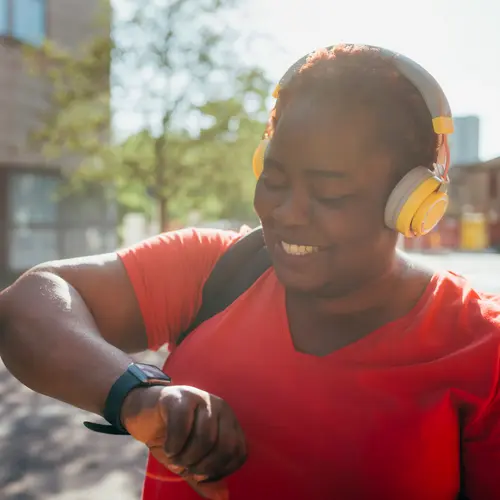Too Much Insulin: How to Spot It and Raise Your Blood Sugar

Hide Video Transcript
Video Transcript
[MUSIC PLAYING]
So the main concern that we have when someone has an insulin overdose is the risk of hypoglycemia. Hypoglycemia means a low blood sugar. Patients complain of increased sweating. They have tremors. They might feel a little bit confused, a little bit delirious, a little bit anxious, and they want to eat right away.
So if you have symptoms of hypoglycemia, the first thing that you should do would be to check your blood sugar. If your blood sugar is low, you have to correct it, especially if you're having symptoms. And we recommend that you correct a low blood sugar with 15 grams of carbohydrates.
We call it the rule of 15. This could be either 4 ounces of orange juice or soda, or you can get three or four glucose tablets, hard candy, some crackers. And you need to repeat your blood sugar 15 minutes later to make sure that the number has come up above 70.
If the number is still below 70, then you have to repeat that process again. The fear of hypoglycemia is an important issue for patients who have diabetes. The symptoms are awful, so patients tend to try to avoid that by keeping their blood sugars higher than recommended. So it can complicate how we manage your diabetes and how effective our treatments are.
SPEAKER
Insulin overdose is when a patient takes more than they actually need. And this can happen for a variety of reasons. Sometimes patients get confused with their doses. They can sometimes mix their types of insulins up as well, or perhaps they might be eating less than normal and they still took their insulin. That can lead to insulin overdose. So the main concern that we have when someone has an insulin overdose is the risk of hypoglycemia. Hypoglycemia means a low blood sugar. Patients complain of increased sweating. They have tremors. They might feel a little bit confused, a little bit delirious, a little bit anxious, and they want to eat right away.
So if you have symptoms of hypoglycemia, the first thing that you should do would be to check your blood sugar. If your blood sugar is low, you have to correct it, especially if you're having symptoms. And we recommend that you correct a low blood sugar with 15 grams of carbohydrates.
We call it the rule of 15. This could be either 4 ounces of orange juice or soda, or you can get three or four glucose tablets, hard candy, some crackers. And you need to repeat your blood sugar 15 minutes later to make sure that the number has come up above 70.
If the number is still below 70, then you have to repeat that process again. The fear of hypoglycemia is an important issue for patients who have diabetes. The symptoms are awful, so patients tend to try to avoid that by keeping their blood sugars higher than recommended. So it can complicate how we manage your diabetes and how effective our treatments are.
